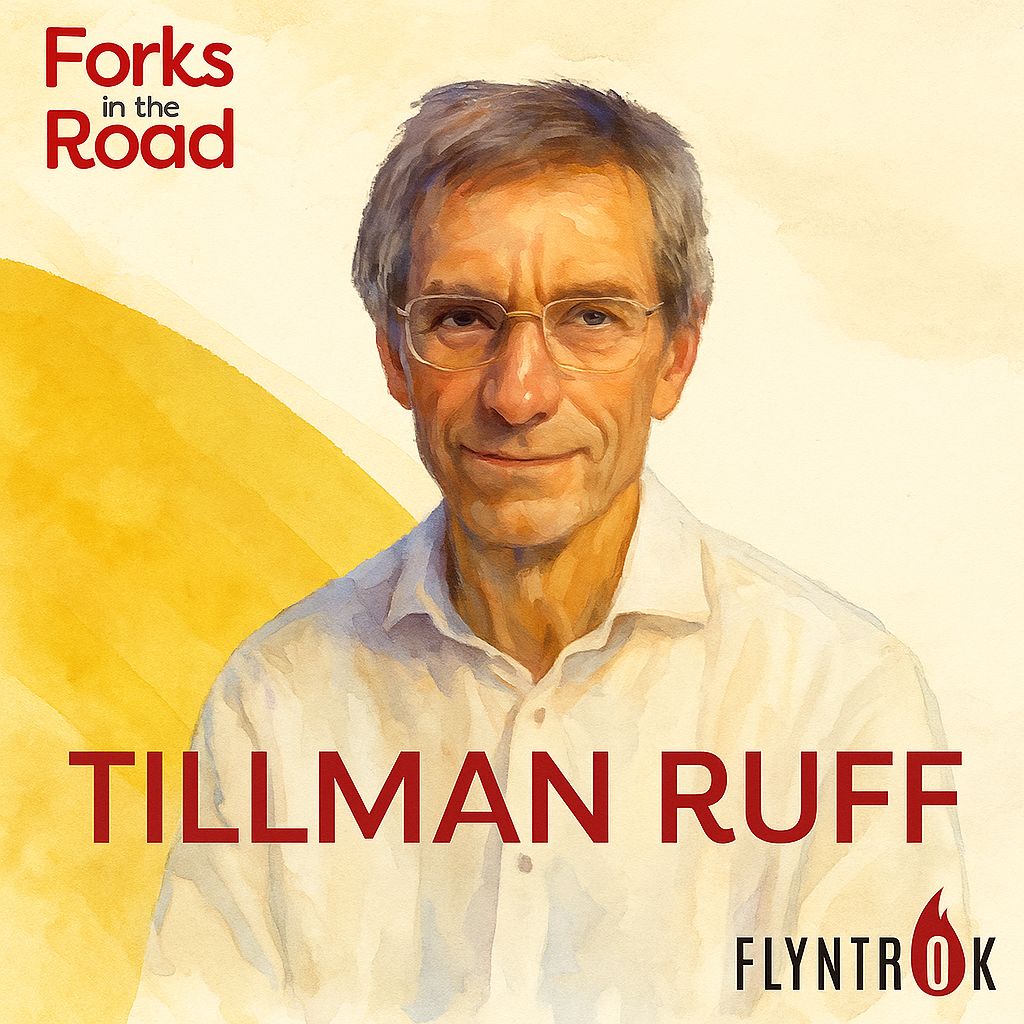
If only leadership were as simple as solving convergent problems. A few variables, some logic, and success would follow. But life refuses to cooperate. It keeps presenting challenges that do not converge neatly to a single answer.
E. F. Schumacher, in Small Is Beautiful, described the difference between convergent and divergent problems. Convergent problems can be solved by reason and calculation. Once solved, the solution can be written down and passed on. How to build a bridge, how to design a process, how to keep books balanced. Divergent problems, however, have no final solution. They have to be lived. They belong to the world of people — families, teams, societies — where values, relationships, and emotions rule more than equations.
Most leadership programmes focus on convergent problems. Budgets, targets, and goals offer comfort in their neatness. But the real work of leadership begins where these end. It begins in the divergent spaces — where numbers stop making sense and people start being human.
The Convergent Trap
Modern management loves certainty. There is safety in tidy dashboards and perfect plans. They create the feeling that life is under control. Yet leadership is not about control. It is about containment — holding tensions and staying steady when others feel torn.
It is also about listening longer, asking better questions, and allowing space for wisdom to appear. Niels Bohr once said, “The opposite of a correct statement is a false statement. But the opposite of a profound truth may well be another profound truth.”
A true leader does not rush to choose between the two. They hold both, until something deeper reveals itself.
The Divergent Way
To lead well is to live well. Both require the same qualities.
Humility, because you cannot solve people. Harry Truman once said, “It is amazing what you can accomplish if you do not care who gets the credit.”
Curiosity, because certainty closes doors. The Zen teacher Shunryu Suzuki wrote, “In the beginner’s mind there are many possibilities, but in the expert’s mind there are few.”
Courage, because choices rarely come with guarantees. Ernest Hemingway described courage as “grace under pressure.”
Empathy, because divergent problems live not in data but in hearts. Theodore Roosevelt said, “People do not care how much you know until they know how much you care.”
Viktor Frankl added, “Between stimulus and response there is a space. In that space lies our power to choose our response.” That is where leadership happens — in the space between reaction and reflection.
Living the Question
Ronald Heifetz called this adaptive leadership: the ability to distinguish between technical challenges that can be solved and adaptive ones that must be lived. Margaret Wheatley wrote, “Leaders act as hosts, not heroes.” The heroic age of leadership, full of quick fixes and grand declarations, may have built organisations. But hosting builds communities.
John Keats spoke of “Negative Capability” — the ability to stay “in uncertainties, mysteries, doubts, without any irritable reaching after fact and reason.” That may be the finest description of leadership ever written.
Mary Parker Follett said, “The most successful leader of all is the one who sees another picture not yet actualised.” That is what divergent leadership is about — holding the picture that is not yet real, and walking towards it with others.
The Stillness of Action
Leadership is action, but not all action is doing. Sometimes it is the quiet act of staying. Of holding the room steady. Of choosing reflection over reaction.
It is this kind of leadership that builds capacity for change — because people change most when they feel seen, trusted, and included, not when they are managed. When leaders can hold ambiguity without rushing to fix it, they create the space for others to grow into it. That is how change becomes sustainable, not forced.
Convergent problems make us clever. Divergent ones make us wise. And if we are fortunate, they make us human.







